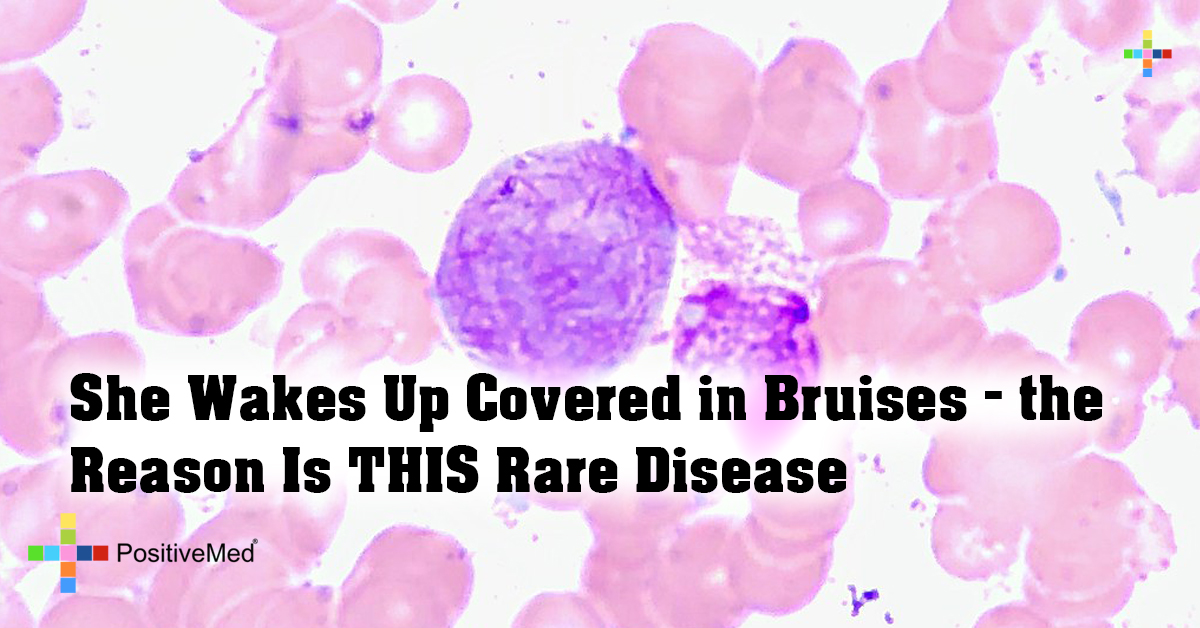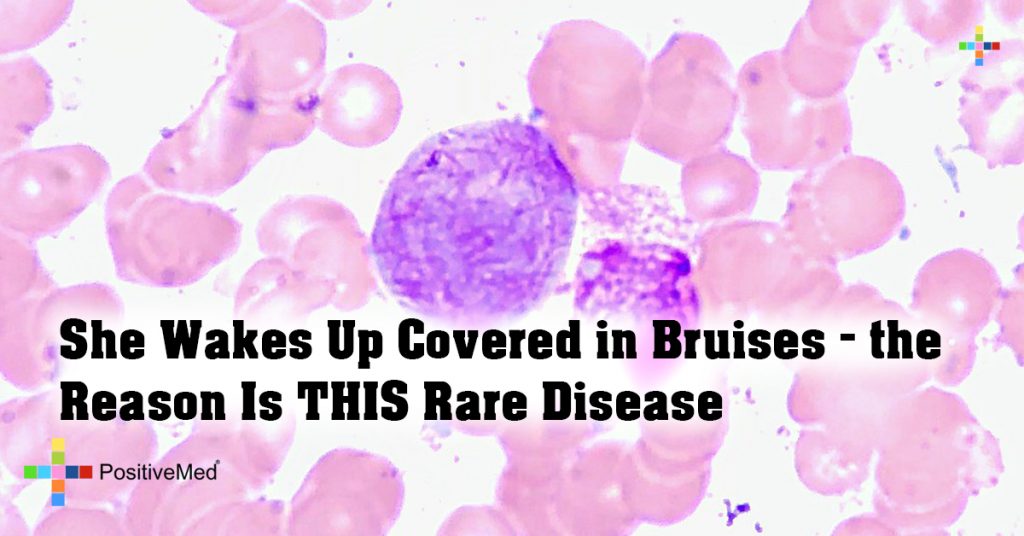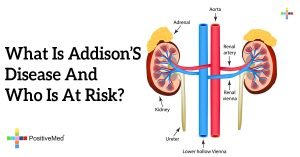
She Wakes Up Covered in Bruises – the Reason Is THIS Rare Disease
[nextpage title=”…”]
Since Thea Wilson thought that she was a perfectly healthy 37 year old, she was shocked when she woke up one morning covered in bruises. Her arms, legs, and torso were all covered in bruises that were several inches wide, and the bruises were a deep purplish green shade. When she rushed to get medical advice, the doctors were confused too. At first, they thought she had a platelet disorder, but a bone marrow biopsy revealed that Thea had an incredibly rare form of cancer.
Wilson was diagnosed with acute promyelocytic leukaemia, a cancer in the bone marrow, which is normally responsible for making healthy blood cells. This rare type of cancer only affects about 100 people each year, and it causes immature white blood cells, which are called promyelocytes, to collect within the bone marrow. This makes it impossible for the body to create mature white blood cells, platelets, and red blood cells that are necessary for countless daily functions. Without the platelets that stop bleeding and form blood clots, Wilson was in danger of bleeding to death just from falling over, and her massive bruises came from very small bumps that had happened while dancing the night before.
RELATED ARTICLE: This Flower Has Anti-Inflammatory And Antitumor Properties To Fight With Cancer Cells
It was definitely scary for Wilson to wake up covered in bruises and get diagnosed with cancer, and she was told that “I had aggressive leukaemia, I was a medical emergency, and my hair was going to fall out.” Fortunately, she was able to get medical care in time. She was promptly started on a course of chemotherapy, and she was given vitamin A supplements and a large amounts of donated platelets to help her blood function again. During her treatment, nurses were impressed by her positive outlook, and in less than six months, Wilson had entered remission.
Wilson wanted to give back to The Shropshire Blood Fund Trust, the charitable organization that had saved her life with emergency platelet donations. As soon as she was recovered, she started running again, and she plans to enter the Race For Life to raise fundraising for the blood unit. This woman’s incredibly positive outlook on life kept her from becoming discouraged while fighting cancer, and she is helping to raise awareness for this unusual form of cancer.
[/nextpage] [nextpage title=”…”]
Only about 10% of all people diagnosed with acute myeloid leukaemia have the acute promyelocytic form that affected Wilson, and this type of cancer is particularly dangerous because it results in low platelet counts. In addition to some of the normal symptoms of cancer, such as fatigue, weight loss, fever, and joint pain, people with acute promyelocytic leukemia end up with blood conditions that can even more deadly than the cancer. The first signs of low platelets caused by leukemia are nosebleeds, small red dots on the skin, bruises like the ones Wilson had, bloody urine, bleeding gums, or extreme menstrual bleeding. People with acute promyelocytic leukemia often look very pale and feel very tired, because they are not getting enough red blood cells.
RELATED ARTICLE: Natural Treatment of Bruises
Acute promyelocytic leukemia is somewhat unusual because there is a high fatality rate before the cancer is diagnosed. Instead of being killed by the cancer spreading, most people are killed because of the coagulation disorders caused by low platelet counts. Without the platelets that make blood clot and stop tiny bleeds from worsening, people risk bleeding to death after getting even a small cut, and any bump can cause a massive amount of internal bleeding. When Wilson went into the hospital, she was shocked to learn that “if I had fallen running or been kicked by my horse, I could have died.”
However, if this rare form of cancer is diagnosed before a patient has late stage cancer and is suffering from extreme bleeding, the outlook is actually very good. The first step in treatment is to stabilize the balance of blood cells, so that chemotherapy can be administered. Blood transfusions are important for stabilizing platelet counts as soon as possible. Then most patients are given all trans retinoic acid (ATRA), a form of vitamin A that helps to clear up the blockage of immature white blood cells, so mature blood cells and platelets can be formed in the bone marrow. Once these steps are taken, anthracycline-based chemotherapy is used to kill cancerous cells.
By combining chemotherapy with ATRA supplements, the survival rate of patients with acute promyelocytic leukemia is roughly 90 percent. After people with this type of cancer go into remission, they rarely relapse and develop cancer again. Though this cancer is rare and very dangerous if not diagnosed, proper treatment with chemotherapy and blood transfusions starts working very quickly. As Thea Wilson’s story shows, the generosity of people who donate blood can save lives.
[/nextpage]








